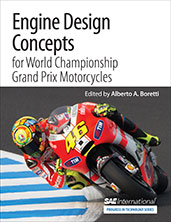Technical Paper
CNG Fueling Strategies for Commercial Vehicles Engines-A Literature Review
2013-11-27
2013-01-2812
The paper presents a survey of the opportunities to convert compression ignition heavy duty truck engines to work on single or dual fuel modes with CNG. In one popular option, the compression ignition engine is converted to spark ignition with throttle load control and port injection of the CNG. In another option of increasing popularity, the LNG is directly injected and ignited by direct injection of pilot Diesel. This latter option with direct injection of natural gas and diesel through separate injectors that are fully independent in their operation is determined to be the most promising, as it is expected to deliver better power density and similar part load fuel economy to Diesel.


